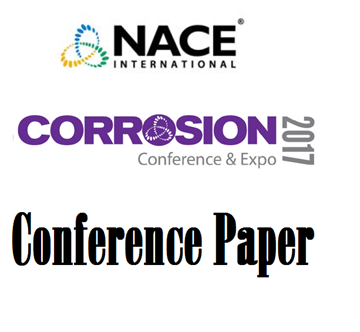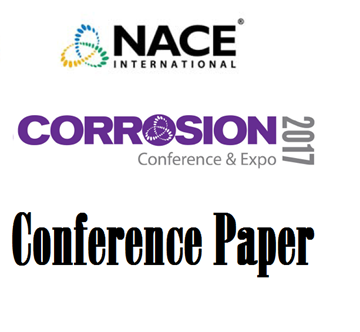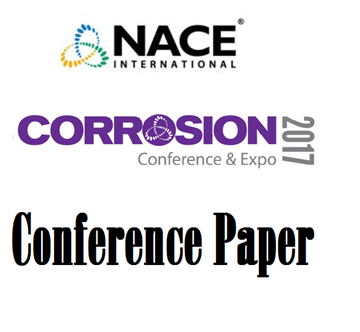Search
51317--9715-Problems Related to the Slow Strain Rate Test Performance and the Specimen Characterization in Austenitic Corrosion Resistant Alloy Tubes
Also Purchased
51317--9747-Recent Failures of 2205 Duplex Stainless Steel in FGD Scrubbers - Could They Have Been Avoided?
Product Number:
51317--9747-SG
ISBN:
9747 2017 CP
Publication Date:
2017
$20.00
51317--9676-Temperature Sensitivity of the Corrosion Performance of 316L in Concentrated Sweet Brines
Product Number:
51317--9676-SG
ISBN:
9676 2017 CP
Publication Date:
2017
$20.00
51317--9690-Effect on Corrosion Behavior of the Heat Treatment Temperature of 30408 Stainless Steel
Product Number:
51317--9690-SG
ISBN:
9690 2017 CP
Publication Date:
2017
$20.00




